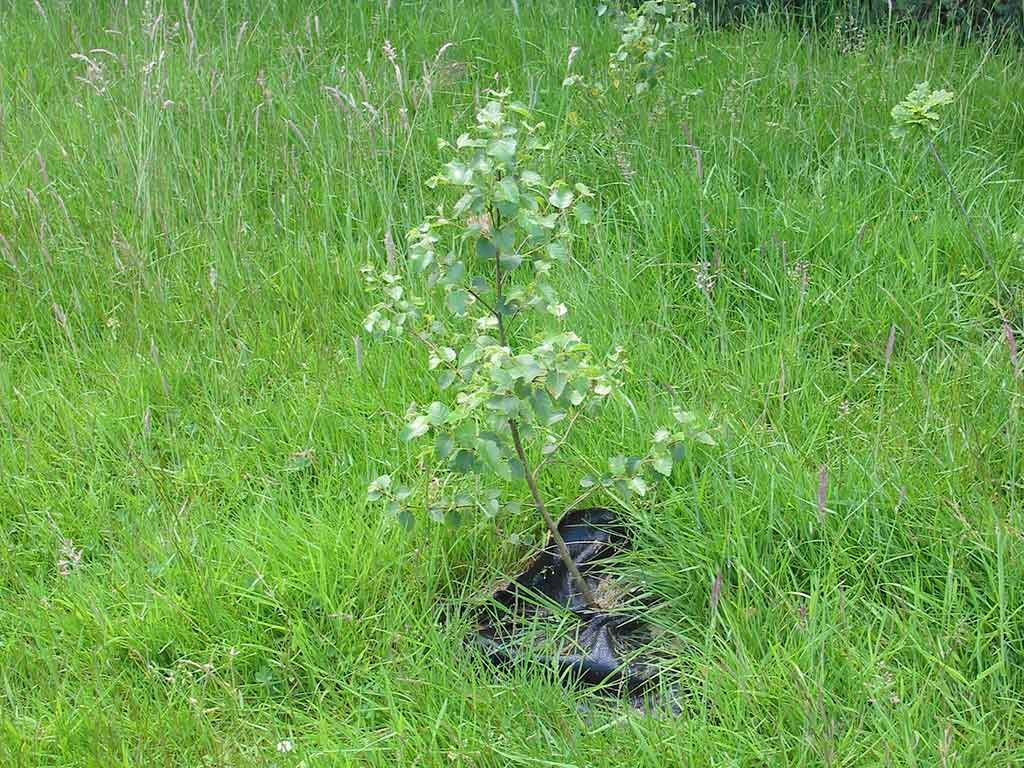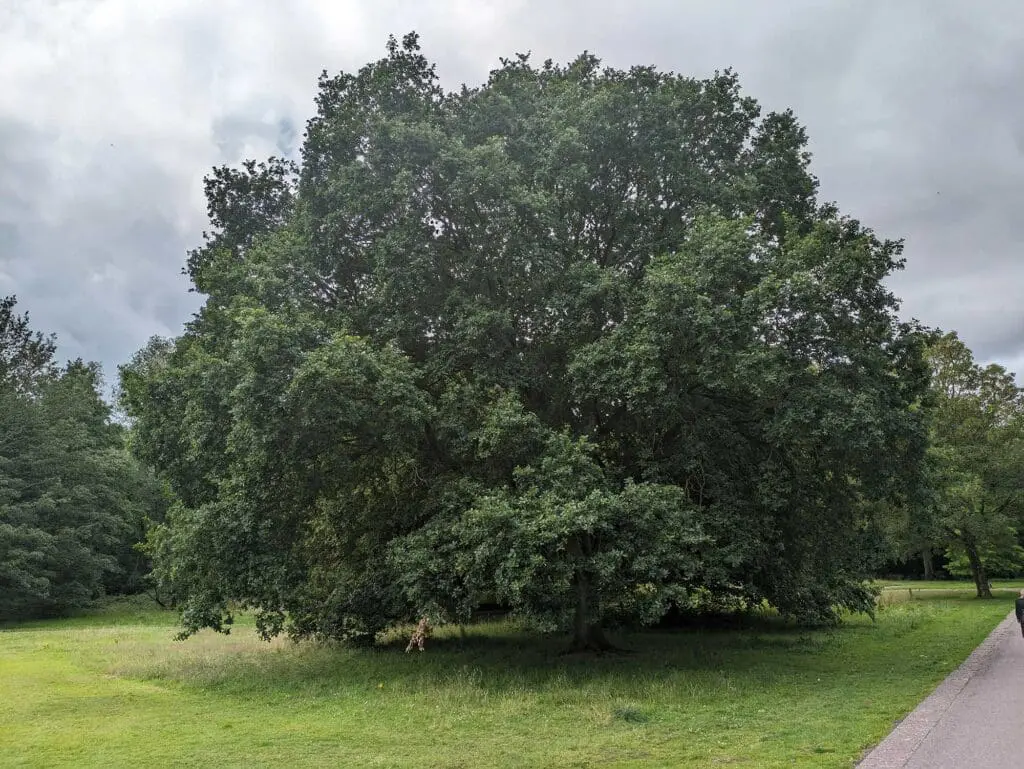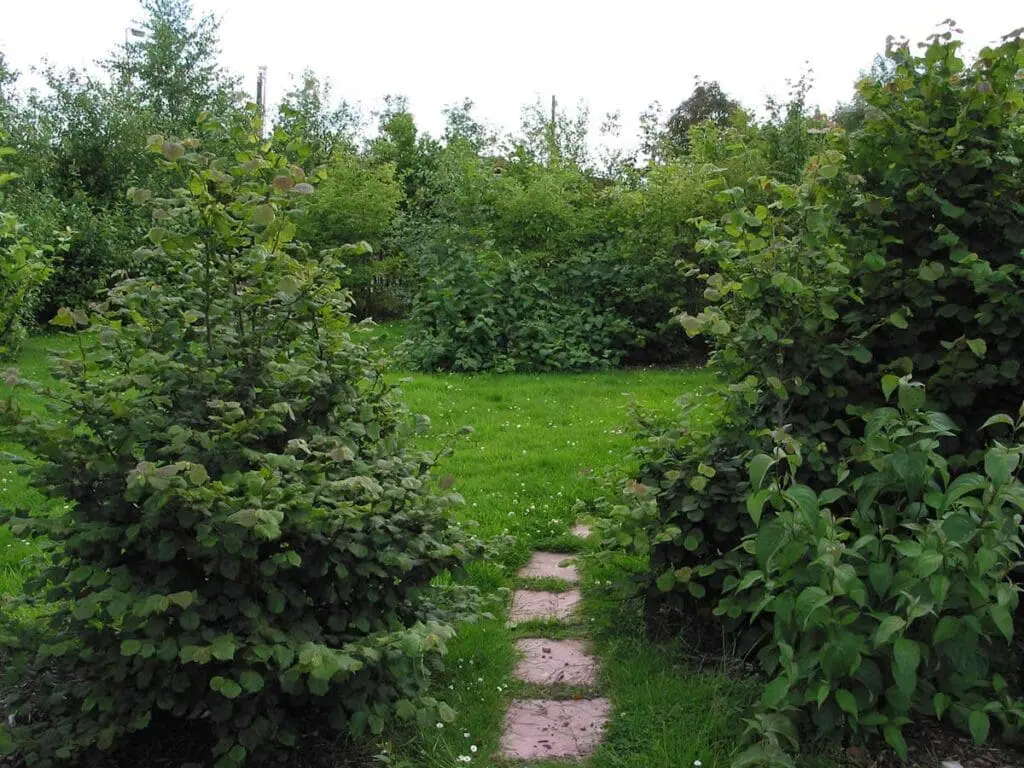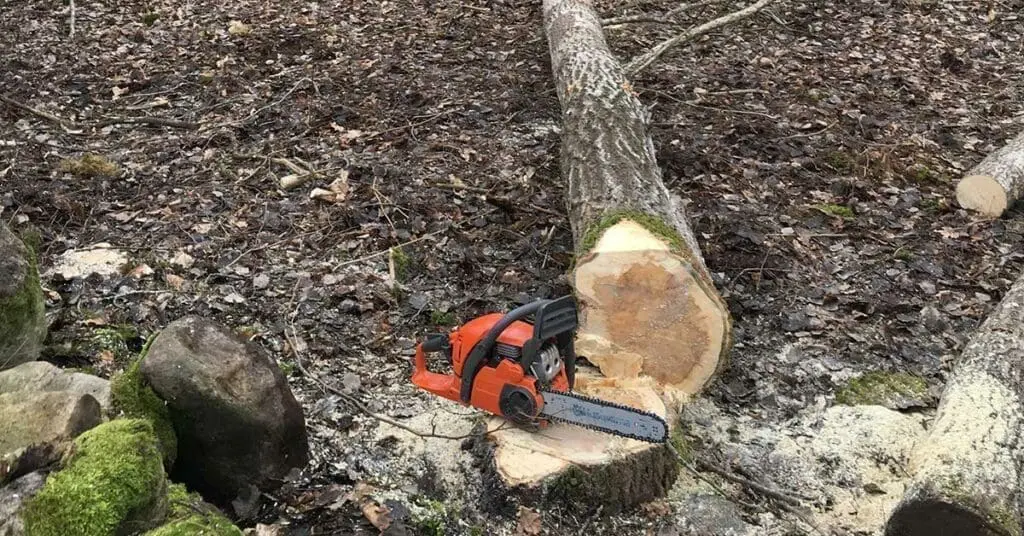We urge everyone who has planted trees in the last five years to revisit them and give them some vital aftercare.
Trees are great at locking up carbon dioxide from the atmosphere – using it to build their limbs and leaves. As they grow, more carbon is stored away, so trees are considered a potential natural solution to the current climate crisis.
However, the trees we plant require seeds to be collected, growing on in a nursery and delivering to their final destination. That means there is an energy input into the start of their lives.
We then want to ensure that those thousands or even millions of young trees, planted with care, expense and enthusiasm, survive.
For just a few minutes of tender loving care each year, for the first few years of life, we can ensure that time, money, effort and energy isn’t wasted and the trees live on providing new habitat to support wildlife AND lock up that CO2.
The rewards of tree planting
Planting trees is one of the most rewarding things anyone can do for the environment. It helps to ensure that a very important part of our heritage thrives.
People spend a lot of time during the cold, wet days of winter planting thousands of young trees. These small saplings have often been nurtured for several years, having been raised from tiny seeds gathered from hard to reach locations.
When we finish a day’s tree planting, cold and wet, covered in mud and tired, we turn and look back at the field we have just planted. We go home with the satisfaction that in years to come the field of almost invisible saplings will turn into flourishing woodland, haven for wildlife and resource for future generations.
The competition
It therefore comes as a bit of a shock when you return six months later and the trees can no longer be seen. No-one has been back since they were planted and the competing grasses and vegetation have taken over.
Every year thousands of recently planted trees die from the lack of a few minutes of timely care. The statistics are shocking; surveys have shown losses of up to one in three of all young trees dies from lack of care within the first five years – and in some planting projects, the loss is over 90 per cent!
So, if we want young trees to survive and mature, we need to nurture and cherish them in those important early years.
What to do?
The demise of young trees can be drastically reduced if people return at least once a year to any trees they have recently planted. They can then carry out a few easy tasks that will help many more trees to survive those crucial early years.
Simply walking round your tree several times and trampling and flattening long grass will be sufficient to give the tree a boost and makes an enormous difference in the growth rate of the tree. This method avoids the need for chemicals and strimmers which can damage the tree.
The following are a few easy, effective ‘TLC’ tasks (see, we even have an acronym), to give a young tree a good start in life and make it much more likely to survive to maturity.
- Tending – such as checking guards and carrying out careful pruning
- Loosening ties and checking stakes
- Clearing grass and weeds from around the tree’s base and applying mulches
The following is a quick guide. For a complete and comprehensive introduction to tree planting and aftercare, this guide by the same name is exactly that.
Tending
- Check your trees in spring or early summer every year.
- Are they alive? If there are no leaves, look for green under the bark of twigs (scrape the surface with a fingernail or knife) and living buds.
- Fill in any gaps in the soil around the roots and use your foot to firm the new soil. Also, if the soil has been lifted by frost, firm it down.
- If the soil is waterlogged, channel/drain the excess water away from the tree.
- Look for damage caused by pests and diseases.
- If the tree is dead, try to work out why and correct the problem (seeking advice if necessary) before planting a new one.
Guards
Tree guards are intended to stop animals‚ such as mice, rabbits, deer or horses, damaging young trees by eating the shoots and leaves or stripping the bark.
- Check the guards in spring and autumn to ensure they are effective (no bark missing or twigs bitten or broken off) and not rubbing or cutting into the tree.
- If a guard is inadequate or the risk has changed, consider different protection, e.g. a taller tube to protect against deer, or fencing to keep off cows and other farm animals.
- Repair/replace damaged guards
- If a guard is damaging the tree, adjust, modify or replace it.
- Remove the guard when there is no longer a risk of damage and reuse if still in reasonable condition.
Pruning
Careful pruning can prevent problems in later life.
If a tree has two competing upright shoots, remove one at an early stage to leave a single main shoot. This can save the tree from possible future branch failure.
Loosening tree ties
Ties are sometimes essential when planting larger trees but can soon become a danger to the tree.
- Check the stake and the tie. Is the tie too tight? The tree stem should not be under pressure from the tie, and should not rub against the stake or guard.
- Does the tree still need a stake? A young tree should only need a one until its roots have grown into undisturbed soil to give it stability, which generally takes a year. Check this by releasing the tie and if the tree stays upright, remove the stake.
- If the tree leans and the roots move, re-tie it to a shortened stake.
- If the tree is top heavy and bends over, shorten the stake (to just above the bend) and replace the tie at the top of the stake to ensure the stem stands upright.
- The recommendation for staking trees has changed in recent years, as a result of studies of the effect of wind sway on trees and from experience of what happens to trees which are staked. Tying a tree just below the start of the crown using a tall stake is not now recommended. This is because the stem cannot sway and little increase in stem diameter occurs from base to crown. The stem may in fact become thicker above the tie than below it. It is the swaying of a tree in the wind which stimulates the growth of the stem diameter. If the tree is unstaked, the whole tree including the stem will sway, stimulating maximum diameter growth at or near the root collar.
- Where a stake is necessary (normally if the tree is more than 1.5m tall), stake the tree sufficiently to anchor the root ball in the ground, but leave enough stem free to sway in the wind. The stake should extend to no higher than a third of the height of the stem. Tie the tree with a single tie, preferably of a flexible material which allows some movement. Old inner tubes, tights and other materials are suitable though not particularly sightly. A pad between the stake and the tree is always necessary.
- Provided that the tree has been well looked after, sufficient root growth should have occurred to anchor the tree two years after planting, at which time the stake should be removed.
Clearing
Competition from other vegetation can severely restrict a young tree’s growth.
- Flatten any grass and weeds for a radius of at least half a metre around the tree. Take care to avoid damage to the tree’s roots. Early in the year, when the soil is moist, cover the cleared area with a mulch mat, bark or brushwood chippings, or old piece of carpet. This helps retain moisture near the roots, reduces competition from weeds, and means there is no need to use grass-cutting machinery near the tree where it might damage the bark.
- Grasses and other fast growing, leafy perennials compete very effectively with young trees, depriving them of sufficient moisture, space, light and nutrients to survive. It can take more than five years for young trees to become sufficiently established to look after themselves.
- Hand weeding can be time consuming and labour intensive, but may also be a good way to involve local communities in the care of their trees.
- Weeds such as grasses, bracken, woody shrubs and large-leaved herbaceous plants should not be cut back, as that may merely encourage their growth and thus reduce the ability of the young trees to survive.
- Ideally, grasses etc should be killed, but damaging by trampling often works well.
- Mulching is a simple and effective way of preventing weed growth around trees and at the same time keeping the ground surface moist and cool. Organic granular mulches gradually improve the soil as the mulch breaks down. Mulching also aids trees in compacted or eroded soil. The area to be mulched should be cleared of weeds before the mulch is laid.
- Mulching is especially beneficial for trees of standard size and over and is worthwhile for all newly planted specimen trees.
- Suitable mulching materials include: leaf litter; spoiled hay (often available free from farms); well rotted lawn clippings (sometimes available in large quantity from city parks); pulverised forest bark; woodchips; heavy duty polythene sheeting; old carpets; and proprietary mulching mats.
- One application of mulch is usually adequate, but trees benefit from mulching in later years if they grow where there is little natural build-up of plant litter.
- The mulch should be applied immediately after planting, but not before it has been watered as this may prevent moisture from reaching the roots.
- Mulching mats have none of the associated risks of using chemicals.
- When mulching, keep the following points in mind:
- To mulch around a newly planted tree, simply spread a 100-150 mm deep layer of organic material around the stem in a circle of about 1 metre diameter
- Keep the mulch away from the stem itself to avoid rot starting
- Use well rotted mulch to prevent nitrogen loss from the soil
- Use sticks to weigh down hay or other lightweight material which may blow away
- Avoid using inflammable mulch in high fire-risk areas




